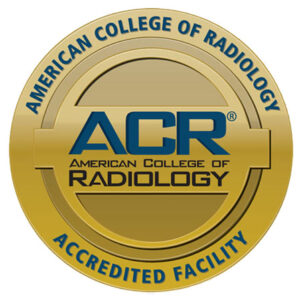


Why choose APC for your MRI?
APC of Tampa, FL, is committed to delivering superior quality service in our community. APC MRI provides the best experience available by combining it with our friendly and well trained staff.
Our Siemens 1.5 Tesla short-bore MRI machine helps our patients feel as comfortable as possible. This equipment gives us the ability to provide a wide range of studies
Tampa’s #1 center for MRI Scans.



What is magnetic resonance imaging (MRI)?
MRI diagnostic imaging is a non-invasive test that uses a large magnet, pulses of radio frequency waves, and a computer to create detailed images of organs and structures within your body. Physicians use MRI imaging to diagnose conditions that may not be adequately assessed using other imaging methods such as X-ray, ultrasound or CT scan.
What will I experience?
- Before you have any medical imaging procedure, you should discuss the risks and benefits associated with the test with your physician
- You will be asked to remove any clothing, jewelry or other metal objects that may interfere with the procedure. If you are asked to remove clothing, you will be given a gown to wear.
- A radiology technologist will position you on the MRI exam table. Likely, you will be lying flat on your back. Straps, foam braces or pillows may be used to help you maintain the correct position during the test.
- The MRI tech will be in another room where the scanner controls are located. However, you will be in constant sight of the tech through a window.
- Speakers inside the MRI scanner help the tech communicate with you. You will also have a call button to let the tech know if you have any problems during the test.
- During the diagnostic test, there will be a clicking noise in the machine as the magnetic field is created and pulses of radio waves are sent from the scanner. You will be given headphones to block out the noises from the MRI scanner and to help you hear any messages or instructions from the tech.
- It is important that you remain very still during the examination.
- Depending on the body part being scanned, you may have to hold your breath for short periods of time.
- If contrast is used for your imaging procedure, initial images will be taken. Then, contrast will be injected in an intravenous line; a second set of images will then be obtained.
- If you have claustrophobia (a fear of enclosed spaces), you can ask to have the test done on a machine with a wider, shorter tube. Additionally, sedative medication or anesthesia can be administered. Talk about these options with your physician before scheduling your exam.
- Your doctor will have access to the images and the radiologist’s interpretation and will share the results with you.


